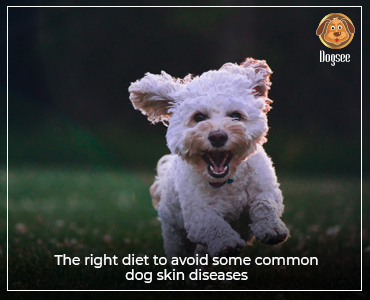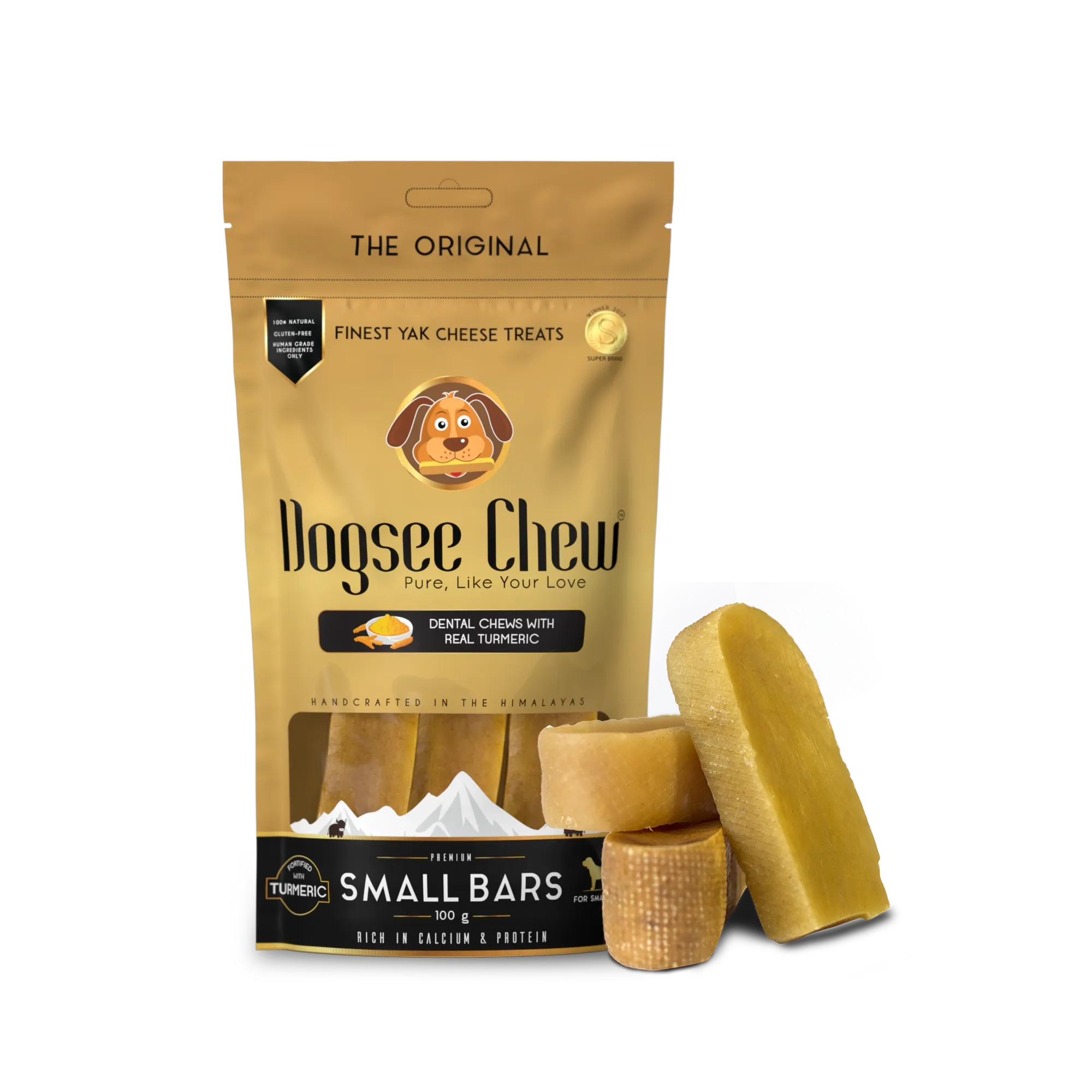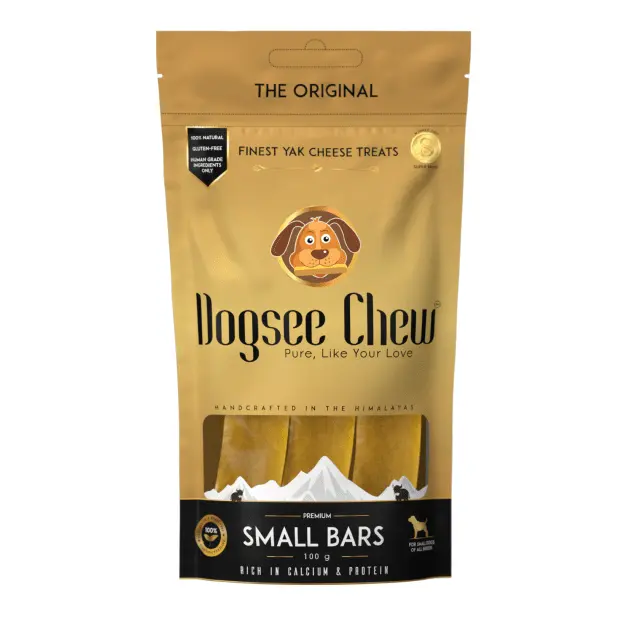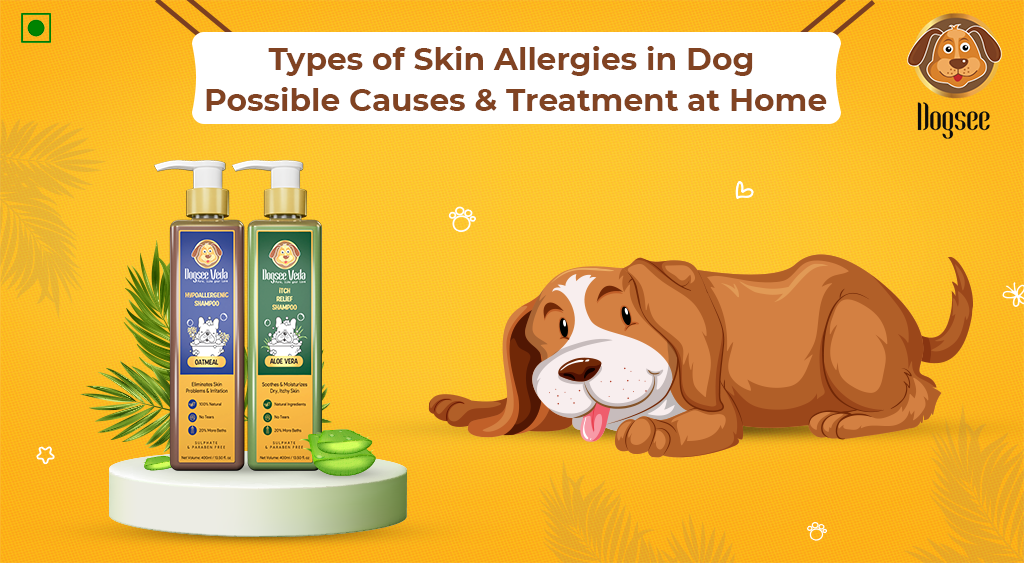
As a dog parent, it’s important to be aware of the different types of skin allergies your furry friend can suffer from. Skin allergies in dogs are fairly common and can be caused by a number of different things, ranging from environmental factors to food allergies. While not all skin allergies will require professional treatment, it’s important to be able to identify the signs and symptoms so you can take appropriate action. This blog post will explore the different types of skin allergies in dogs, their possible causes, and some treatment options you can try at home.
What are the types of skin allergies in dogs?
Contact Allergies
These are caused when your dog’s skin comes into direct contact with an allergen, such as certain chemicals, plants, fabrics, or metals. The allergic reaction may be immediate or delayed. Common signs include localized redness, swelling, hair loss, and itchiness. If your dog has a contact allergy, you’ll likely notice the symptoms appearing in the area where the allergen came into contact with the skin.
Food Allergies
Just like humans, dogs can develop allergies to certain ingredients in their food. The most common food allergens for dogs are proteins, such as beef or chicken, soy, wheat gluten and other grains. Signs of a food allergy can include itchiness (often around the face), gastrointestinal upset (vomiting and diarrhea), and ear infections. If you think your dog may have a food allergy, talk to your veterinarian about switching to a hypoallergenic diet.
Learn more about 5 common signs of food allergy in dogs.
Environmental Allergies
Environmental allergies are caused by airborne irritants like pollen, dust mites, and mold spores. They are also known as atopic dermatitis or atopy. Signs of environmental allergies include excessive itching (often without any visible rash), chewing and licking of the feet, “hot spots” (areas of moistened and broken skin), and ear infections.
Treatment for skin allergies will vary depending on the cause, but severe cases may include antihistamines, steroids, or immunotherapy.
Flea Allergy Dermatitis
Another common skin condition is the Flea allergy dermatitis, also known as flea bite hypersensitivity, which is a condition that causes dogs to develop an allergic reaction to the saliva of fleas. When a dog is bitten by a flea, he or she reacts to the proteins in the flea's saliva, which causes intense irritation and inflammation of the skin. Flea allergy dermatitis is the most common type of flea allergy in dogs and can be very uncomfortable for affected animals. While any dog can develop flea allergy dermatitis, certain breeds are more susceptible to the condition. These include dogs with short coats, such as Boxers and Bulldogs, as well as those with sensitive skin. Flea allergy dermatitis can occur at any time of year, but is most common in the spring and summer months when fleas are most active.
Symptoms of flea allergy dermatitis can vary from mild to severe and may include itching, redness, hair loss, and scabbing. In severe cases, dogs may also develop secondary infections of the skin due to scratching and biting at their irritated skin. If you suspect your dog may be suffering from flea allergy dermatitis, it is important to consult with your veterinarian for proper diagnosis and treatment. Treatment for flea allergy dermatitis typically involves two parts: eliminating existing fleas from your dog's environment and preventing future infestations.
Allergies caused by Ticks
Ticks are small, blood-sucking parasites that attach themselves to the skin of their host. Although they are commonly associated with dogs, they can also infect other animals, including humans. Ticks are known to transmit a number of diseases, including Lyme disease, Rocky Mountain spotted fever, and babesiosis. They can also cause an allergic reaction in some dogs. Symptoms of a tick allergy in dogs include itching, biting or chewing at the site of the bite, hair loss, and red, inflamed skin. If your dog is displaying any of these symptoms, it is important to take them to the vet for treatment. In severe cases, a tick allergy can lead to anaphylactic shock, which can be fatal.
There are a number of ways to prevent ticks from infesting your dog. These include using tick collars or spot-on treatments, keeping your dog well-groomed, and checking them for ticks after they have been in contact with grassy or wooded areas.
Treatment at home to help your dog recover from dog allergies.
If your dog has allergies, there are a few things you can do at home to help them feel better. First, try to identify what they’re allergic to and avoid exposure to that trigger if possible. You can also give them a bath with a hypoallergenic dog shampoo to help clean their skin and reduce irritation. If their allergies are severe, you may need to give them medication prescribed by your veterinarian.
Dog skin hygiene to follow to prevent skin allergies in dogs
When it comes to dog skin hygiene, there are a few things you should keep in mind to prevent skin allergies in your pup. First, always bathe your dog with a hypoallergenic shampoo and rinse thoroughly. Be sure to avoid using any soaps or shampoos that contain fragrances, dyes, or other harsh chemicals, as these can irritate your dog's skin.
In between baths, you should also regularly wipe down your dog's coat with a damp cloth to remove any dirt or debris. If your dog has long hair, you may also want to consider brushing their coat on a daily basis to help distribute the natural oils and prevent mats and tangles.
Finally, when it comes to skin allergies, it is important to be vigilant about inspecting your dog's skin on a regular basis. Look for any redness, swelling, bumps, or scabs that could be indicative of an allergic reaction. If you notice anything unusual, be sure to contact your veterinarian right away for further diagnosis and treatment options.
The best hypoallergenic and Itch-free shampoos for dogs
There are a variety of hypoallergenic shampoos available on the market that can be beneficial for dogs with skin allergies. When choosing a hypoallergenic shampoo for your dog, it is important to consider the ingredients and make sure that it is suitable for your dog's individual skin type. However, there are certain shampoos that are suitable for all dogs. Let’s learn about a couple of these shampoos below:
Dogsee Veda Oatmeal: Hypoallergenic Dog Shampoo
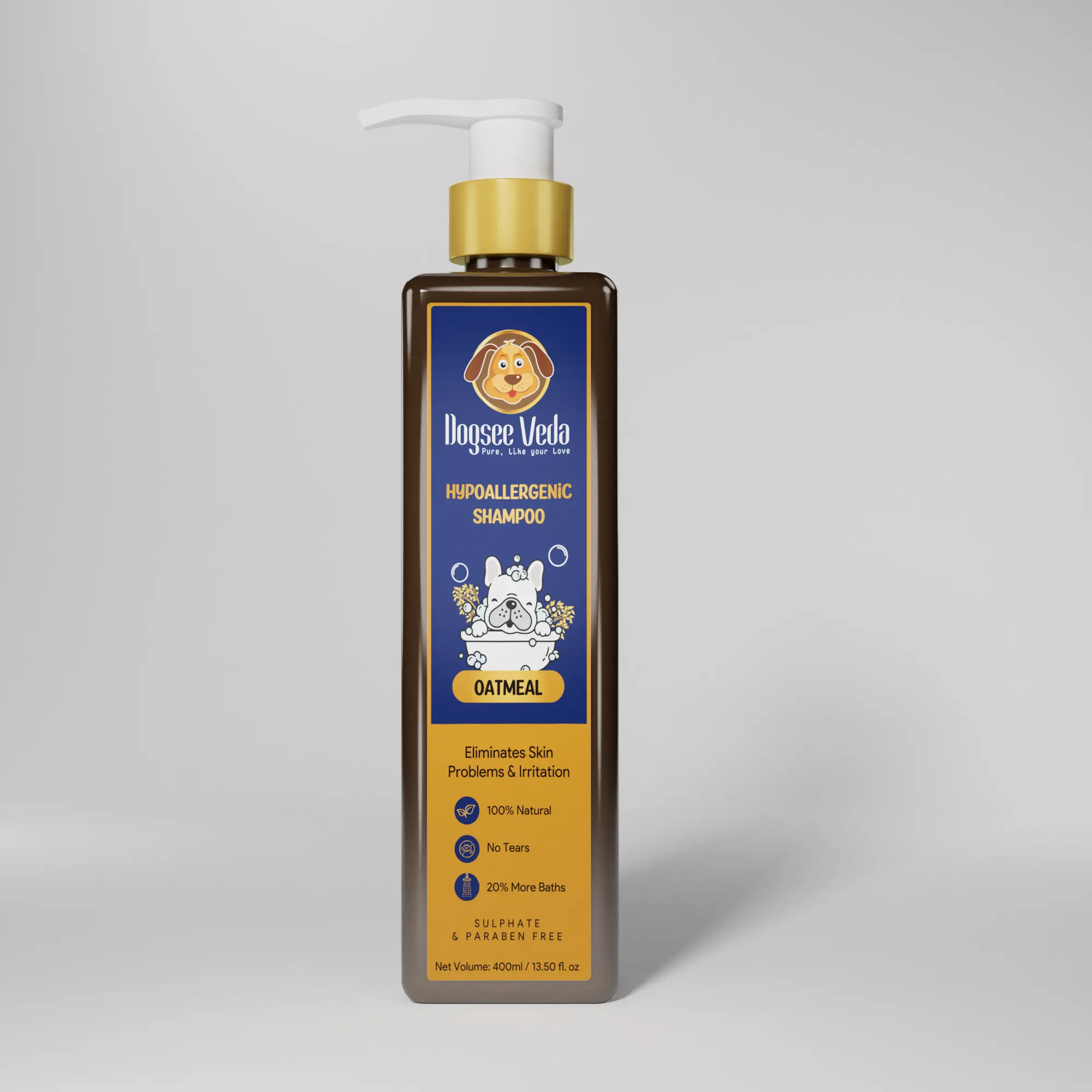
This hypoallergenic shampoo is made with all-natural ingredients and is designed to be gentle on sensitive skin. It is also free from soap, parabens, and sulfates.
They are made with Ayurvedic formulas and are suitable for all types of dog skin. Oatmeal is a natural skin conditioner that soothes itching and inflammation. Oats' antioxidant and anti-inflammatory properties contribute to it being a soothing skin care treatment for your dog.
Bathing your dog with this hypoallergenic dog shampoo will help your dog's skin develop a protective barrier, which will keep moisture in and reduce the loss of hydrating substances, preventing dryness. If your dog has a serious dermatological illness or skin disease, such as an infection, allergies, flea infestation, or other skin problem, the natural components of oatmeal can help relieve the irritation.
Dogsee Veda Aloe Vera: Itch Relief Dog Shampoo
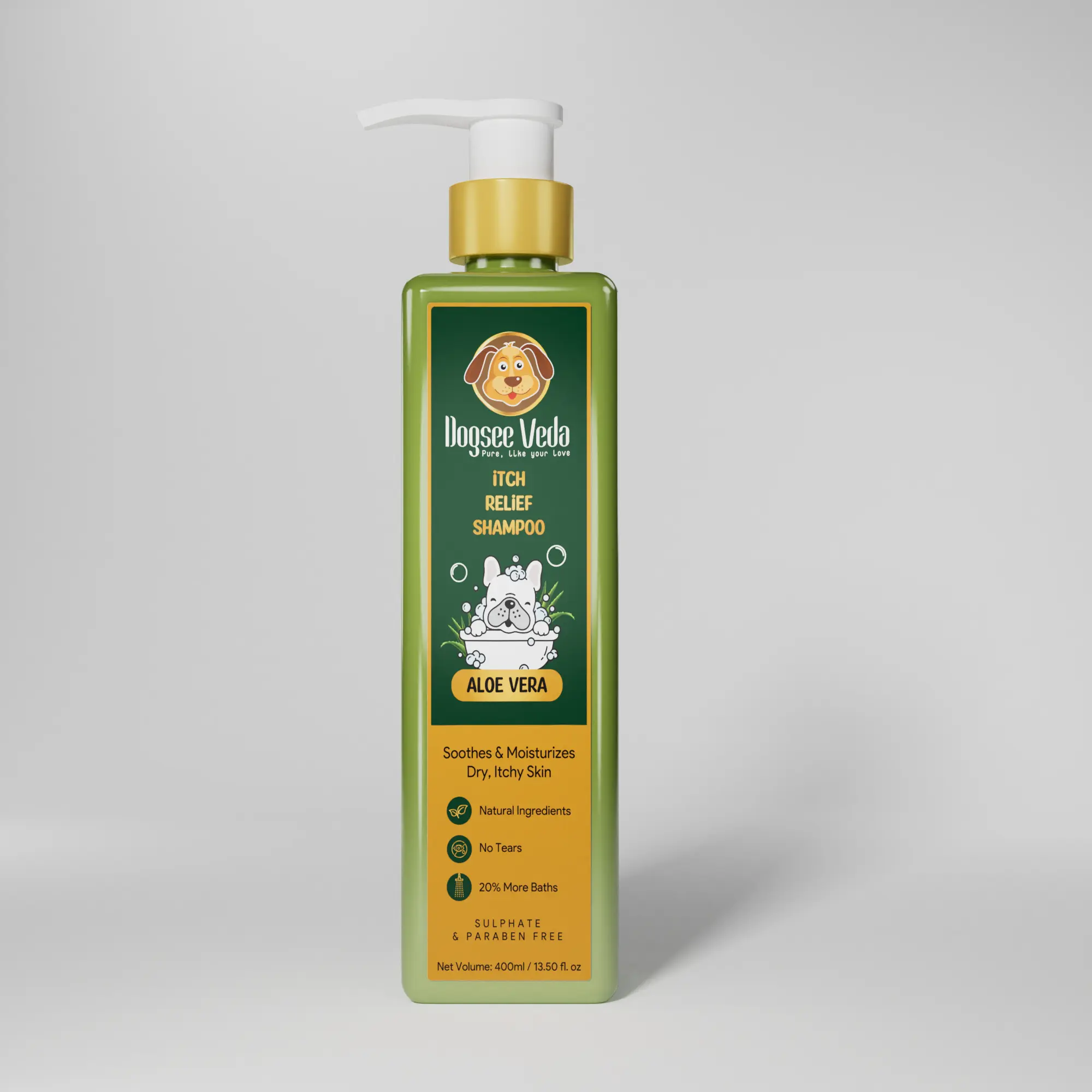
Dogsee Veda's Aloe Vera itch relief shampoo helps your dog overcome skin irritations. This aloe vera-infused shampoo can keep your dog's skin moisturized and itch-free. When applied topically, it increases circulation, which has a cooling effect and helps to reduce edema.
The enzymes found naturally in Aloe Vera aid in the recovery of your dog's irritated skin. Saponins are also present in Aloe Vera, which have antibacterial and cleaning properties. Dogsee Veda's Aloe Vera shampoo promotes the healing of skin rashes. Its antibacterial properties kill harmful bacteria and keep inflamed or irritated skin from becoming infected. Acemannan, a sugar found in Aloe, is beneficial to pets suffering from allergies and skin conditions.
Explore our Instagram and learn more about natural dog shampoos that are made with wonderful ingredients known for their skin healing nature.
Frequently Asked Questions
1.How can I treat skin allergies in dogs?
Answer: Most skin allergies can be treated easily by understanding the cause of the allergy and by using a hypoallergenic shampoo on a regular basis.
2. How to avoid dog skin allergies?
Answer: You can avoid dog skin allergies by maintaining pet hygiene and by frequently checking for allergens or fleas or ticks in its living space. You can also keep your dog’s skin healthy by giving it foods that are natural, that are grain and gluten free (avoid foods that cause allergies) and that don't contain harsh chemicals and preservatives.
3. What can I give my dog for itchy skin allergies at home?
Answer: You can bathe your dog with Itch-relief dog shampoo that will reduce the itchiness to a large extent. You can also give them antihistamines that your dog’s vet has approved to use as over the counter medicine.
Shop for Dogsee’s All Natural and Essential Hygiene Products today!
Dogsee's products are not processed; instead, they are created using natural methods and the best that nature has to offer. Furthermore, it does not contain any harmful ingredients such as additives, preservatives, or chemicals. Grain and gluten, which can cause allergies, are also strictly not used in our hygiene products.
Dogsee also manufactures pet treats that are 100% Vegan and Natural and that contain essential nutrients made with ingredients sourced from the Pristine Himalayan Belt. Visit our website to learn more about our range of products for pets.
 HELPFUL0 people found it helpful
HELPFUL0 people found it helpful
Related Blogs
Subscribe to Our Blogs
and never miss on the latest update!











